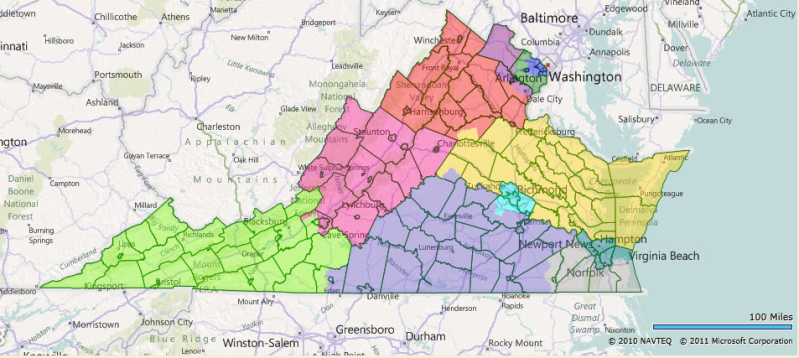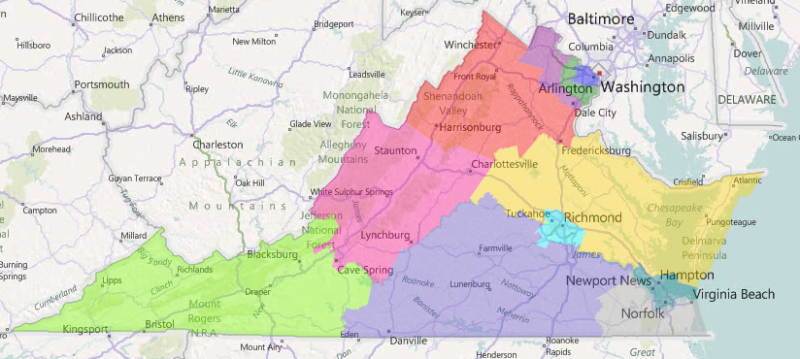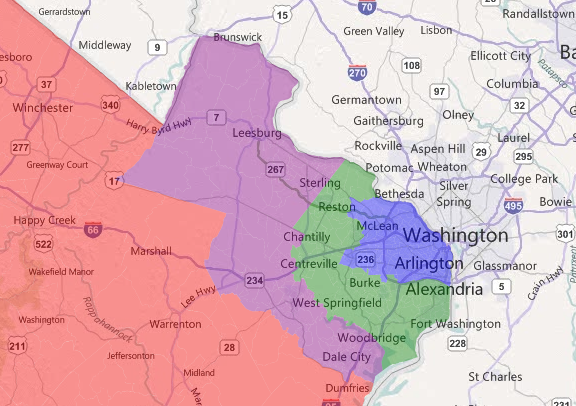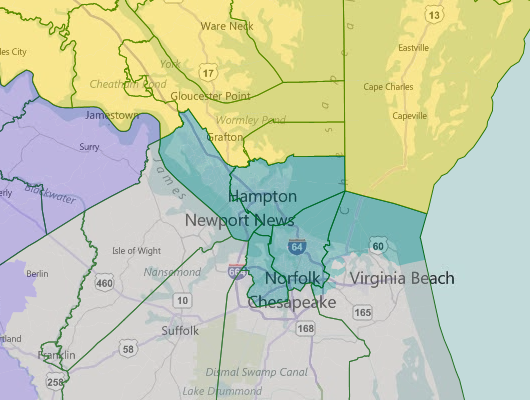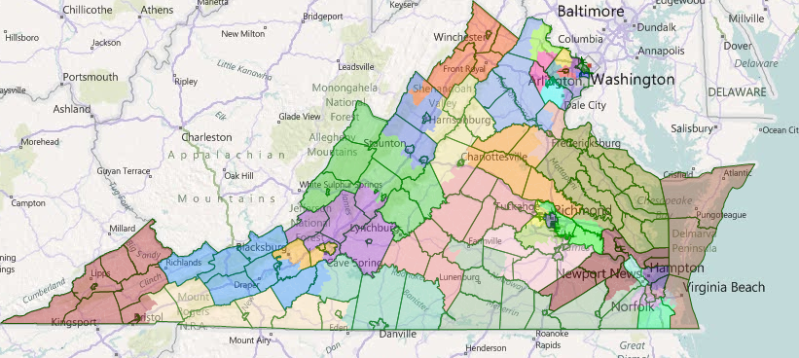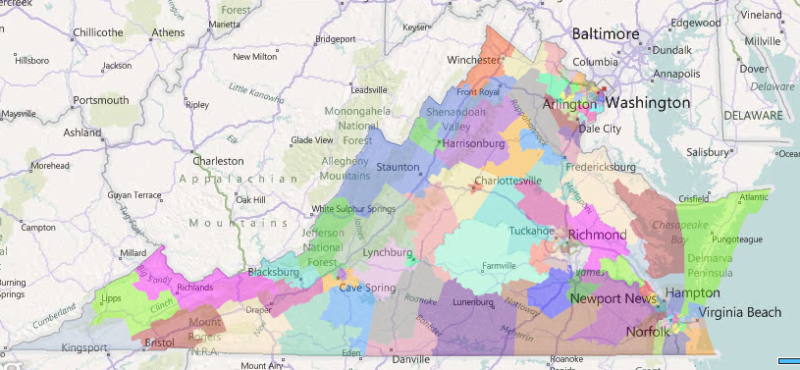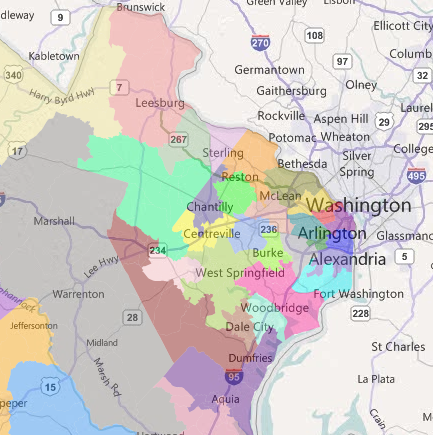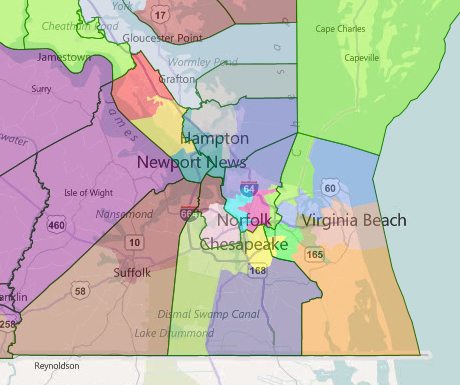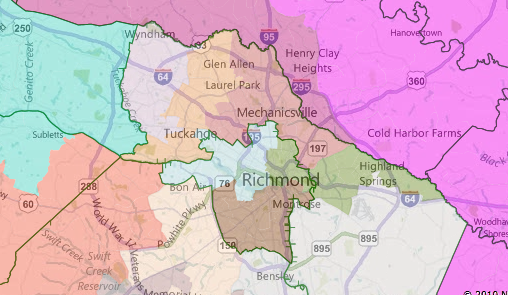Aderholt (R, T)
Alexander (R, T)
Barletta (F, O)
Bass (M, ‘F,’ O)
Benishek (R, F, O)
Berg (R, F)
Biggert (M, O)
Bilbray (R, M, O)
Bilirakis (R, T)
Black (R, T, F)
Bonner (R)
Bono Mack (M, O)
Boustany
Buchanan (R)
Bucshon (R, F)
Camp (R, M, O)
Canseco (R, F, O)
Cantor (R)
Capito (M)
Crawford (R, F)
Crenshaw (T)
Davis (R)
Dent (M, O)
Des Jarlais (R, F)
Diaz-Balart (M)
Dold (M, F, O)
Dreier (M, O)
Duffy (R, F, O)
Ellmers (R, F, O)
Emerson (M)
Farenthold (R, T, F, O)
Fincher (R, T, F)
Fitzpatrick (M, ‘F,’ O)
Fortenberry (R, M)
Frelinghuysen (M)
Gerlach (M, O)
Gibbs (R, F)
Gibson (R, M, F, O)
Graves (MO) (R)
Griffin (R, F)
Grimm (R, F)
Guthrie (R)
Hanna (R, M, F, O)
Hastings
Hayworth (R, M, F, O)
Heck (F, O)
Herrera (R, F, O)
Hultgren (R, F, O)
Jenkins (R, M, T)
Johnson (OH) (M, F)
Jones
King (NY)
Kinzinger (R, M, F, O)
Latham (O)
La Tourette (M)
Lewis (M)
Lo Biondo (M, O)
Lucas (R)
Luetkemeyer (R, T)
Lungren (R, O)
Marino (F)
McCarthy
McKeon (R)
McKinley (R, M, F)
McMorris Rodgers (R)
Meehan (M, F, O)
Murphy (M)
Noem (R, F)
Nugent (R, T, F)
Nunes
Paulsen (M, O)
Petri (M, O)
Pitts (R)
Platts (M)
Reed (R, M, F)
Renacci (R, M, F)
Rivera (F)
Roby (R, F)
Rogers (AL) (R)
Rogers (KY)
Rogers (MI) (O)
Rooney (R)
Ros-Lehtinen (O)
Roskam (R, O)
Runyan (M, F, O)
Ryan (R, O)
Schilling (R, F, O)
Schock (R, M)
Sensenbrenner
Shuster
Simpson
Smith (NJ)
Stivers (R, M, F, O)
Thompson (R)
Tiberi (M, O)
Turner (R, M)
Upton (M, O)
Walden (M)
Webster (R, F, O)
Whitfield (M)
Wittman (R)
Wolf (M, O)
Womack (R, F)
Young (AK)
Young (FL) (O)
Young (IN) (R, F) |
Adams (R, T, F)
Cravaack (F, O)
Forbes (R, O)
Gardner (R, F)
Heller
Hurt (R, F)
McCotter (R, M, O)
Miller (MI)
Pearce (R, T, ‘F’)
Rehberg (R, T)
Scott (SC) (R, F)
Tipton (F)
Yoder (R, F, O) |
Akin (R, T)
Austria (R, M)
Bachus (R)
Bishop (R, T)
Brady (R)
Brooks (R, F)
Buerkle (R, F, O)
Burgess (R, T)
Burton (R, T)
Calvert (M, O)
Campbell (R, O)
Carter (R, T)
Cassidy (R, T)
Coble (R, T)
Coffman (R, T)
Cole (R)
Conaway (R)
Culberson (R, T)
Denham (R, F)
Fleischmann (R, F)
Flores (R, F)
Foxx (R)
Gallegly (O)
Goodlatte (R)
Gosar (R, F)
Granger (R)
Guinta (R, F, O)
Hall (R)
Harper (R)
Hartzler (R, T, F)
Hensarling (R)
Herger (R, T)
Hunter (R)
Issa (R)
Johnson (TX) (R)
Kelly (R, F)
Kline (R)
Lance (M, O)
Landry (R, T, F)
Lankford (R, F)
Latta (R)
Lummis (R)
Manzullo (R, O)
Marchant (R)
Mica
Miller (CA) (R)
Miller (FL) (R)
Myrick (R)
Nunnelee (R, F)
Olson (R)
Palazzo (R, F)
Pompeo (R, F)
Posey (R)
Price (R, T)
Ribble (R, F)
Roe (R, T)
Rohrabacher
Rokita (R, F)
Royce (R, T)
Scalise (R, T)
Scott (GA) (R, F)
Sessions (R, T)
Shimkus (R)
Smith (NE) (T)
Smith (TX) (R, T)
Stearns (T)
Sullivan (R)
Terry (M, O)
Thornberry (R)
Walberg (R, T, ‘F,’ O)
Westmoreland (R, T)
Woodall (R, F) |
Amash (R, F)
Bachmann (R, T)
Bartlett (R, M, T)
Barton (R, T)
Blackburn (R)
Broun (R, T)
Chabot (R, ‘F,’ O)
Chaffetz (R)
Duncan (SC) (R, T, F)
Duncan (TN)
Flake (R)
Fleming (R, T)
Franks (R, T)
Garrett (R)
Gingrey (R, T)
Gowdy (R, F)
Graves (GA) (R)
Griffith (R, F)
Harris (R, F)
Huelskamp (R, T, F)
Huizenga (R, F)
Johnson (IL)
Jordan (R)
King (IA) (R, T)
Kingston (R)
Labrador (R, F)
Lamborn (R, T)
Long (R, F)
Mack (R)
McClintock (R)
McHenry (R)
Mulvaney (R)
Neugebauer (R)
Paul
Pence (R, T)
Poe (R, T)
Quayle (R, F)
Rigell (R, F, O)
Ross (R, T, F)
Schmidt (R)
Schweikert (R, F)
Southerland (R, F)
Stutzman (R, F)
Walsh (R, T, F, O)
West (R, T, F, O)
Wilson (R, T) |
